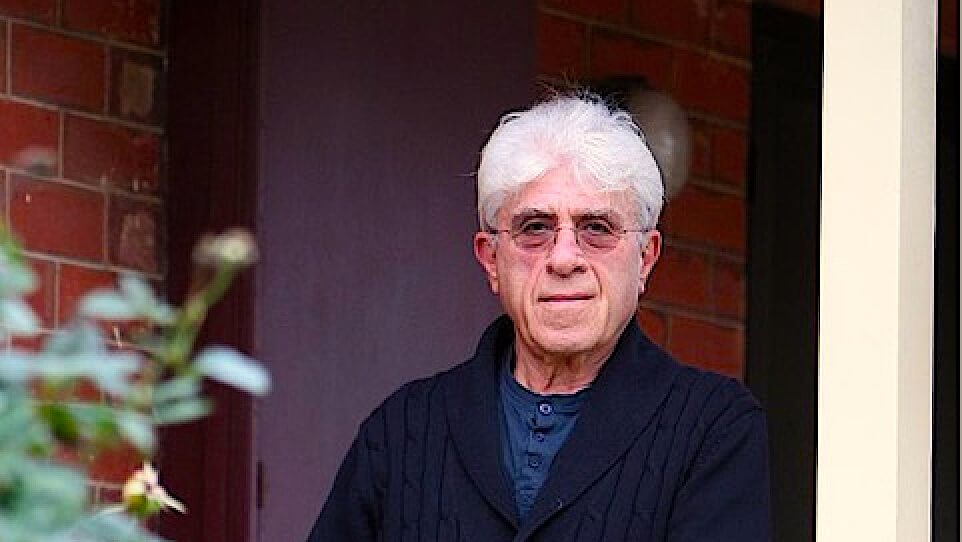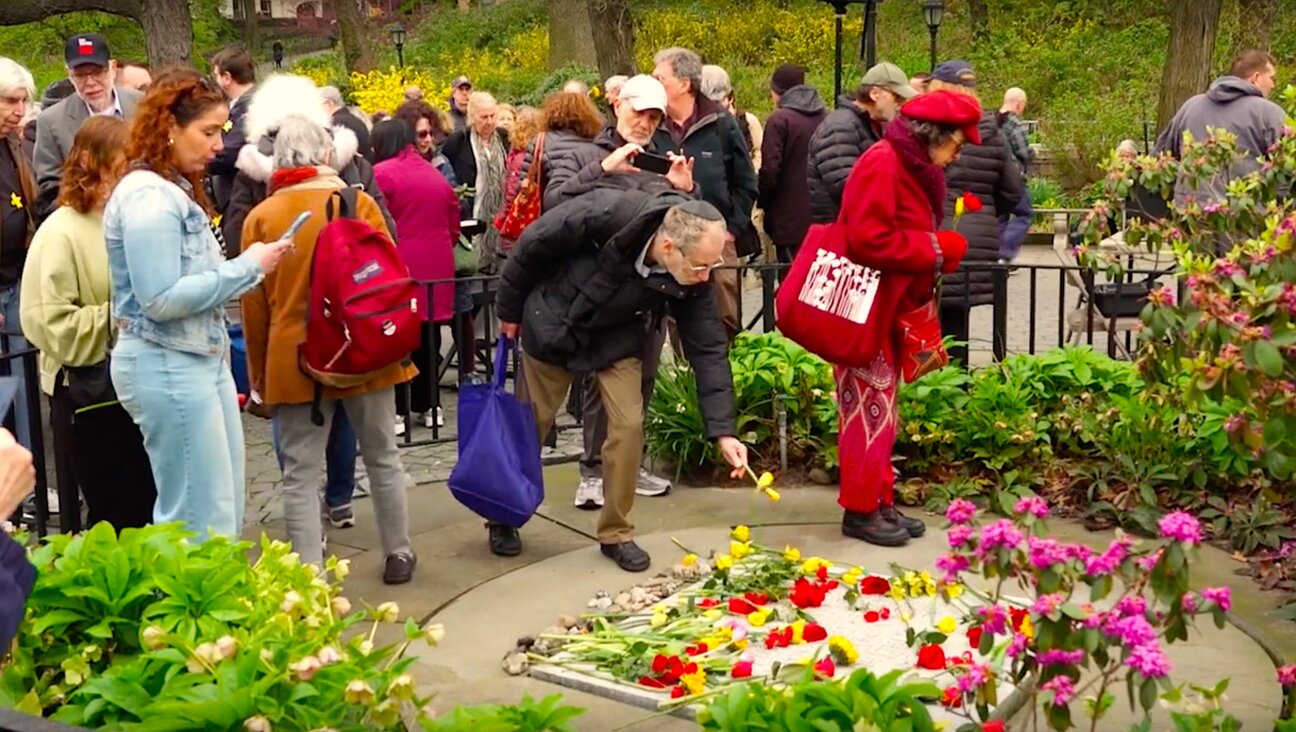How this NYC high school student came to Yiddish

Graphic by Angelie Zaslavsky
Read this article in Yiddish
To be honest, I was never interested in learning Yiddish.
Before the pandemic, it was a dead language to me, something that my parents and grandparents spoke, and before that – my great-grandparents. I have Israeli family, so Hebrew is familiar to me. Yiddish is not. I could understand enough to get by, but I certainly wasn’t fluent. It was a part of my life that stayed at home. None of my classmates at Columbia Secondary School on the upper west side of Manhattan, had even heard of it – except for words like schvitzy and schlep.
I qualified to take a semester-long course at Columbia University as part of a joint program between my school and the college. While scrolling through the fall directory, I couldn’t help but yawn. None of the classes seemed worth my time. But then, I saw Yiddish. It sparked something in me and I decided to apply.
When I told my parents I would be taking Yiddish, they laughed. My mom said that I would never be able to use Yiddish for pretty much anything. “Why not take a computer science class? Yiddish isn’t exactly the most lucrative field,” she said. My neighbor, a Holocaust survivor from Romania, advised me against it too. “Yiddish? Really? What a waste of time. Learn Mandarin. That’s where all the jobs are.”
You’re probably wondering why a 16-year old girl from a traditional family in the Bronx wanted to study Yiddish at all. To be honest, it’s hard to pin down a single reason. One reason is because learning the language of my grandparents was starting to become more meaningful to me, especially since this was the language spoken by most Jews in Eastern Europe, a region we were forced to flee, and the culture of a people who were prosecuted endlessly.
My Zayde used to say to his own children: “You’re in America now, so speak American.” This attitude is shared by many Jewish parents, grandparents and great-grandparents. By taking a Yiddish class, I felt that I would be able to connect back to some of my lost culture that had never been fully passed down to me.
I was pretty nervous before going to the class since I knew I’d be together with college students. Who knows how much Yiddish they knew, would they be way ahead of me? Would I be lost in a sea of Vi heystu? (what’s your name?) and Hostu lib beygls? (do you like bagels?)
The class met every Monday and Wednesday from 6 – 8 pm. At first, the lessons were difficult. The Yiddish was so different from what I had heard in my own home. My parents simply inserted Yiddish words in their English, like: “Watch your keppe (little head),” “What did the shadkhen (matchmaker) say?” “Stop noshing and wipe that shmutz (dirt) off your face”. The academic Yiddish I was hearing in class was much more formal, almost cold. On the other hand, it was also much more impressive. These were real words written in Hebrew letters with vowels and consonants; sophisticated sentence structure and a vast literature.
Over time, I began to respect the cold harshness of academic Yiddish. The professor introduced me to the Forverts, to all the cultural elements of Jewish culture that are enveloped so secretly in the folds of Yiddish. I heard fragments of Hebrew words in some of the Yiddish phrases that I imagined my great-grandparents would have used and read in the Yiddish newspapers after immigrating to Brooklyn. Wanting to run away from their Jewish roots, but still somehow wanting to keep their old country life in their back pockets.
Now that I’m learning the language, my parents have started speaking more Yiddish around the house (although I can’t say the same about my siblings, who are on their own Jewish journeys). In any case, digging deeper into Jewish culture has given us more Jewish topics to debate, more foods to cook and more songs to sing.























